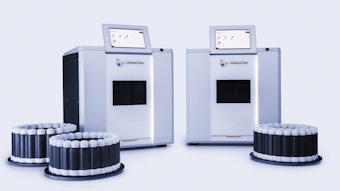Several publications document the benefit of electric fields in wound healing1–5 and on collagen deposition.2, 6–8 Specifically, an in vitro electric stimulation study on human dermal fibroblasts showed that the bioelectric field appears to play an important role in controlling human fibroblast activity by either significantly increasing or decreasing the gene expression of more than 400 transcripts, including activity within specific cellular signaling pathways such as TGF-, G-proteins and inhibition of apoptosis.9 Since transepithelial electrical potential in populations aged 65–80 is approximately 50% less than that in populations aged 19–29,10 it is also hypothesized that externally applied electrical currents may provide beneficial effects against skin aging signs.
In relation, the first signs of skin aging often occur in the thin, fragile periorbital skin in the form of fine lines and wrinkles, dark circles, bags under the eyes, and puffiness and laxity in both the upper and lower eyelids.11 Combining these observations, the authors sought to develop an effective product to treat the signs of aging in the periorbital area based upon the concept of biomimetic electricity. A zinc and copper (ZnCu) complex-containing product was designed to meet this goal. Considering that the current gold standard cosmetic treatments for photodamaged skin are based on tretinoin or retinol, with rather poor skin tolerance, the current article describes a clinical study designed to evaluate safety and efficacy of this product.










